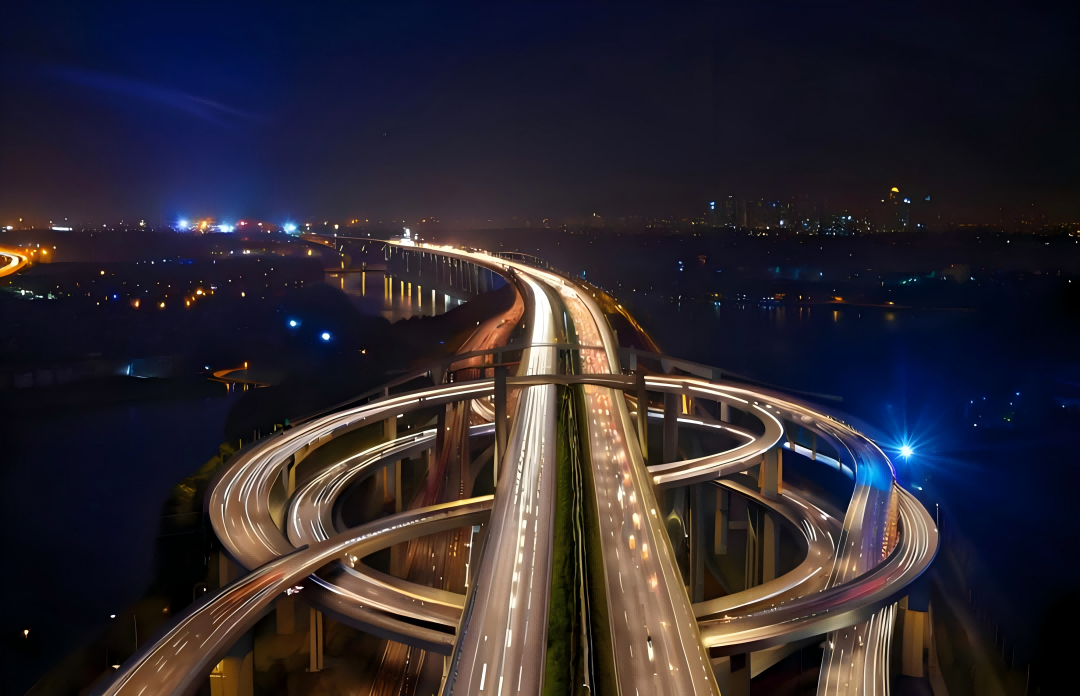With the proliferation of smart city initiatives worldwide, smart streetlight monitoring systems have emerged as a cornerstone in enhancing urban efficiency and sustainability. However, these systems, while offering numerous benefits, also present challenges related to energy consumption. This article delves into the energy consumption issues in smart streetlight monitoring systems and proposes strategies to mitigate them, aiming to contribute to more environmentally friendly and cost-effective urban lighting solutions.
Introduction:
Smart streetlights, equipped with advanced sensors, controllers, and communication technologies, have transformed urban lighting systems. They enable remote monitoring, real-time control, and adaptive lighting based on environmental conditions and traffic patterns. Nevertheless, the continuous operation of these systems and their components leads to increased energy consumption, posing a challenge for municipalities striving for energy efficiency and cost savings.
Energy Consumption Issues:
Continuous Operation of Sensors and Controllers: Smart streetlights rely on a network of sensors and controllers that need to operate 24/7, resulting in significant energy usage.
Over-Illumination: In some cases, streetlights may be overly illuminated, particularly during low-traffic hours or when ambient light levels are sufficient, leading to unnecessary energy waste.
Lack of Energy-Efficient Lighting Technologies: The transition from conventional lighting technologies to more energy-efficient alternatives, such as LEDs, has been gradual, with many systems still relying on less efficient technologies.
Inefficient Control Strategies: Current control strategies may not be optimized for energy savings, failing to dynamically adjust lighting levels based on real-time conditions.

Strategies for Addressing Energy Consumption:
Upgrade to Energy-Efficient Lighting Technologies: Prioritize the transition to LED lighting for all new and existing streetlights. LEDs offer significant energy savings of up to 70% compared to traditional technologies like high-pressure sodium (HPS) and metal halide (MH) lamps.
Implement Advanced Control Systems: Incorporate smart control systems utilizing photocells, motion sensors, and adaptive control algorithms. These systems can dim or turn off lights when not needed, reducing energy consumption by up to 30%. For instance, dimming lights during low-traffic hours or adjusting brightness based on ambient light levels can significantly cut energy use.
Optimize Lighting Design: Conduct comprehensive audits to evaluate and optimize pole height and spacing. Proper pole height and spacing can reduce the number of fixtures required and lower overall energy consumption. Additionally, regularly review lighting levels to ensure they meet safety requirements while minimizing energy waste.
Leverage Predictive Maintenance: Adopt predictive maintenance techniques to monitor the health of streetlight components in real-time. By detecting potential failures early, maintenance can be scheduled proactively, reducing downtime and energy loss due to faulty equipment.
Integrate Remote Monitoring and Control: Establish a smart streetlight management platform that enables remote monitoring and control of streetlights. This platform can facilitate data analysis, energy consumption tracking, and real-time adjustments to lighting levels, optimizing energy usage.
Employ Energy Management Software: Utilize energy management software that integrates historical and real-time data to develop and implement energy-saving strategies. Machine learning and artificial intelligence algorithms can analyze patterns and predict future energy demand, enabling proactive adjustments to lighting schedules and intensities.
Promote Public Awareness and Engagement: Educate the public about the importance of energy-efficient street lighting and encourage them to report any issues with streetlights promptly. Public engagement can help identify areas for improvement and support the implementation of energy-saving measures.
Addressing energy consumption issues in smart streetlight monitoring systems requires a multifaceted approach involving technology upgrades, control system optimization, lighting design improvements, and proactive maintenance strategies. By implementing these strategies, municipalities can enhance the sustainability and cost-effectiveness of their street lighting systems, contributing to a greener and more efficient urban environment. As smart cities continue to evolve, the ongoing pursuit of energy-saving measures will be crucial for achieving long-term sustainability goals.


 Energy Efficiency: How Remote-Controlled Street Lights Reduce Power Consumption
Energy Efficiency: How Remote-Controlled Street Lights Reduce Power Consumption
 Remote Control vs. Manual Control of Street Lights: A Comparative Advantage Analysis
Remote Control vs. Manual Control of Street Lights: A Comparative Advantage Analysis
 Lower Maintenance Costs with Smart Street Light Monitoring
Lower Maintenance Costs with Smart Street Light Monitoring
 Enhanced Public Safety Through Intelligent Street Lighting
Enhanced Public Safety Through Intelligent Street Lighting